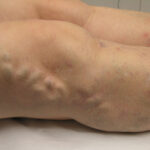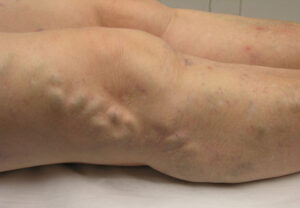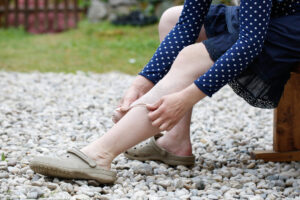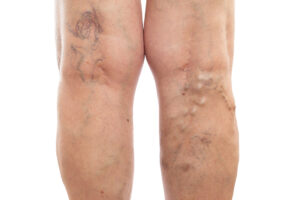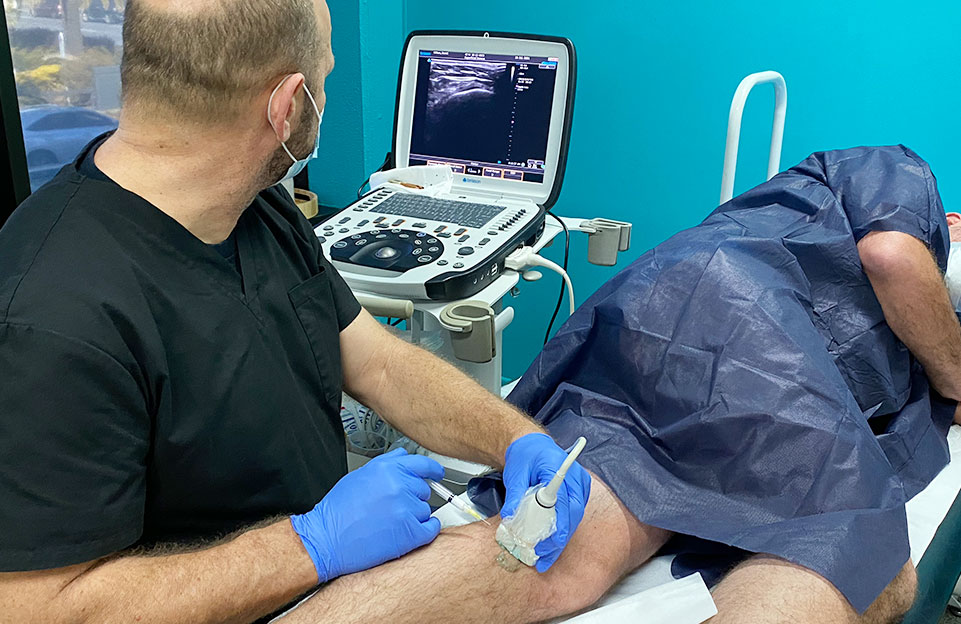
Leg vein health is an essential aspect of overall well-being, often overlooked until problems arise. Healthy leg veins ensure that blood circulates efficiently from the lower extremities back to the heart, preventing complications like blood clots, swelling, and varicose veins. When these veins malfunction, it can lead to chronic conditions that affect mobility, cause discomfort, and even escalate into life-threatening issues.
Understanding Leg Vein Health
Veins in the legs contain one-way valves that help push blood against gravity toward the heart. If these valves weaken or become damaged, blood can pool in the veins, leading to chronic venous insufficiency (CVI) or varicose veins. This condition can cause swelling, pain, and visible vein distention. Over time, it may also result in skin changes, ulcers, or even deep vein thrombosis (DVT), a dangerous condition where blood clots form in the deep veins.
Consequences of Poor Leg Vein Health
The effects of poor leg vein health extend beyond cosmetic concerns. Varicose veins, which appear as twisted, enlarged veins just under the surface of the skin, may cause aching, itching, or burning sensations. These veins can worsen over time, leading to skin discoloration, open sores, and an increased risk of infections.
CVI, when untreated, can reduce quality of life, causing heavy legs, throbbing pain, and difficulty standing or walking for prolonged periods. Blood clots, particularly DVT, pose a significant risk of pulmonary embolism (PE), where a clot breaks off and travels to the lungs, potentially becoming fatal.
Treatments
Fortunately, several treatment options are available to improve leg vein health and alleviate symptoms:
- Lifestyle Modifications: Regular exercise, maintaining a healthy weight, and elevating the legs can help improve circulation. Wearing compression stockings is another common non-invasive approach to help blood flow.
- Sclerotherapy: This minimally invasive procedure involves injecting a solution into the affected veins, causing them to collapse and fade over time. It is commonly used for smaller varicose veins and spider veins.
- Endovenous Ablation Therapy: This treatment uses radiofrequency or laser energy to close off larger varicose veins, redirecting blood flow to healthier veins.
- Surgical Procedures: In severe cases, procedures like vein stripping or phlebectomy may be necessary to remove or tie off damaged veins.
Summary
Maintaining leg vein health is critical for overall circulatory wellness and mobility. Early detection and treatment of vein-related issues can prevent serious complications, allowing individuals to maintain an active, pain-free lifestyle. If symptoms of poor leg vein health arise, seeking medical advice promptly is vital for managing and preventing long-term damage.
Please contact me to arrange a consultation.

